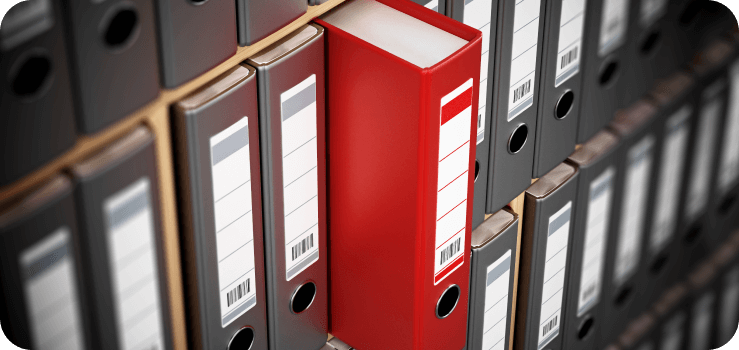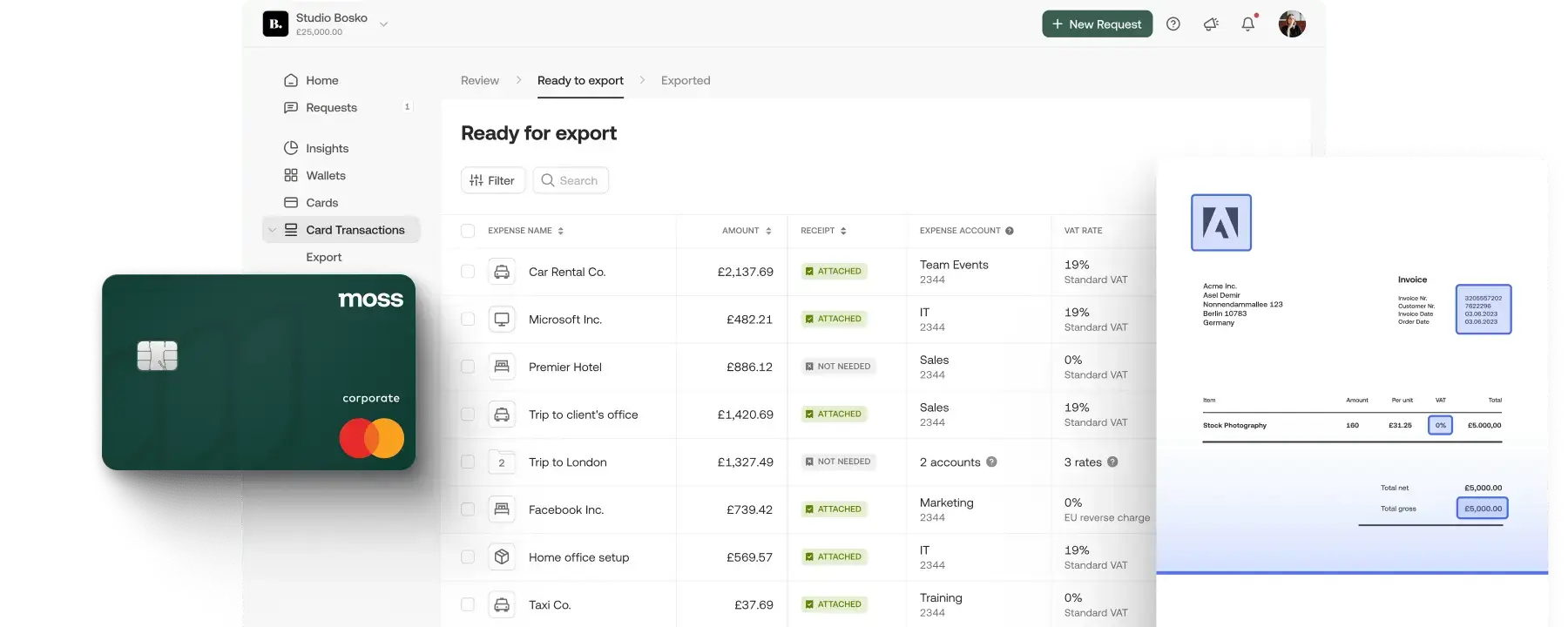Procurement is an essential business function that involves obtaining goods and services for a company or organisation. It actually comprises a number of different steps that together make up what’s referred to as the procurement process.
Procurement can be highly complex, with many different moving parts and interdepartmental and interorganisational dependencies. However, there is always room to improve and optimise procurement to save your business time and money. Ultimately, the amount you pay for the goods and services you need to run your business is a key factor in determining its profitability.
In this article, we’ll outline how the procurement process progresses, from an initial internal request, through to delivery of goods or services, subsequent business payment, and the steps in between. We’ll also outline how automation and technology are helping businesses improve the way they manage procurement operations.
What is procurement?
First let’s start with the definition of procurement. Procurement involves strategically sourcing and obtaining goods and services that businesses need to carry out strategic operations.
Procured goods/services are different from business expenses in the sense that they are typically bulk materials or goods that are required for production or strategic capabilities. As such, they require more stringent procedures to ensure that they are acquired on time and within budget. Business expenses, on the other hand, are typically more related to day-to-day operations, and are accrued on a more ad hoc basis.
While purchasing is a fundamental part of procurement, the two terms are often mistakenly used interchangeably. Purchasing is focussed specifically on the operational aspect of procurement, i.e. managing orders and transactions. The wider procurement process is more concerned with developing and building supplier relationships to give the business a strategic advantage in sourcing essential goods and supplies.
What is the procurement process?
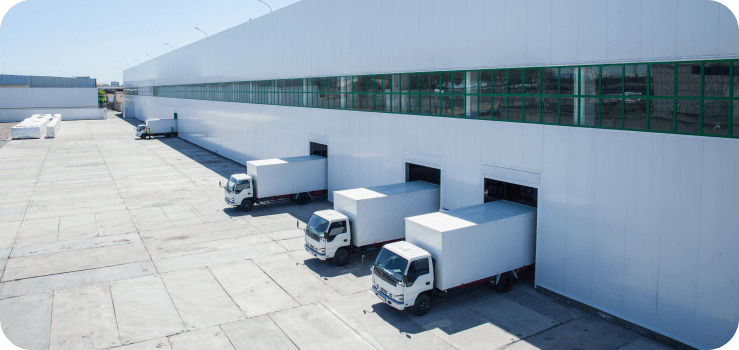
The overall procurement process can be broken down into a series of separate but related steps, which are often referred to as the procurement life cycle. Each one plays an important role in ensuring that goods and services are delivered on time and within budget.
The procurement process can vary significantly from company to company. Factors that influence the procurement process include organisational structure, established workflows, requirements for internal reporting, etc. Generally, the procurement process can be broken down into the following steps:
1. Identify/recognise needs
First, businesses need to identify the needs of individual departments, business units, or the company as a whole. This may be for bulk materials, goods, services, or any other strategic supplies that are needed to conduct operations. This first step in the procurement process usually involves a consultation across the whole business to determine what is needed to meet demands across upcoming budgeting periods.
2. Submit purchase request
Following an initial assessment of needs, it’s time to submit a purchase request to initiate the formal procurement process. Purchase requests, also known as purchase requisitions, are internal documents that can be created by anyone within a company.
They summarise the key information required to make a purchase, including the specifics of the goods being requested, including quantity, description, estimated price, justification for the purchase etc. Depending on the value of the goods being requested, the purchase requisition may be reviewed by multiple levels of management, all the way up to the CFO, before it’s approved.
3. Source and select a vendor
Following approval, the purchase request is sent to the procurement team to begin sourcing a supplier. The procurement team will assess potential suppliers based on their suitability across a range of different factors, including price, product quality, supply chain health, location, etc. This all depends on the specific procurement strategy that business has adopted, which we’ll discuss in more detail later in the article.
Potential suppliers will then be sent a request for quotation (RFQ). This a document that formally outlines the details of the goods or services that a business is looking to purchase. The purpose of an RFQ is to solicit a quote from the supplier, which can then be assessed by the procurement team before making a final purchase decision. Best practice is to send out RFQs to a handful of different suppliers to get a decent spread of options.
4. Negotiate terms
After receiving quotes from potential suppliers, the procurement team may begin a round of negotiations to iron out any contentious contract terms. This may be anything from lowering the price of goods, to changing payment terms, or delivery timelines.
Effective negotiation is an essential part of procurement. It has a huge impact on business costs, as well as determining relationships with future and potential suppliers.
5. Create purchase order
Once both parties have come to an agreement on terms, the customer will create a purchase order (PO). A purchase order is a formal document that outlines the terms and conditions of the order, including the price, quality and delivery details of the goods. Once signed by the supplier, a PO effectively acts as a binding contract between them and the customer.
6. Receive goods
Upon receiving the goods, it’s essential that the buyer inspects the delivery and delivery note to confirm that it matches what was agreed in the purchase order. This includes checking for damage, checking that quantities are correct, and quality control.
Following this check, the buyer will create a goods received note (GRN) to confirm that the delivery has been received and meets the customer’s expectations. Copies of the goods received note are given to the supplier, the buyer’s finance team and the department that requested the goods.
7. 3-way matching
Before arranging payment, the buyer’s accounts payable team will carry out what’s known as 3-way matching. This is a process that compares the details of three different documents:
- Purchase order
- Delivery receipt
- Supplier invoice
The objective is to determine whether the delivery matches the details outlined in the purchase order, and the invoice from the supplier. This ensures that the customer is getting what they ordered, and helps protect against fraud.
8. Process payment
Following a successful 3-way match, the buyer’s finance team will process the invoice and initiate payment according to the terms agreed with the supplier beforehand.
9. Recordkeeping
Like all finance-related processes, recordkeeping is an essential part of procurement. There are many different documents and records that serve their role in the procurement process. Each one plays its own role in ensuring accountability, process efficiency, and accounting efficiency.
Different approaches towards procurement

It’s important to adapt your procurement strategies to match your wider business objectives. You may want to reduce delivery timelines, prioritise a long term relationship with a particular supplier, or get the cheapest price on key materials over a specific time period.
Regardless of your objective, there are ways to optimise the procurement process accordingly. Some common examples include:
Minimise cost
For many companies, price is the top priority during procurement. Paying less for goods and materials is the easiest way for businesses to reduce their costs. Minimising procurement costs primarily relies on negotiating more favourable contracts with suppliers. It is also often used in conjunction with a global sourcing approach to secure the cheapest prices across different countries.
Maximise quality
For other businesses, quality control is the primary concern throughout the procurement process. It tends to be particularly important for luxury brands and businesses that source raw materials for production.
Particular attention should be paid to the supplier sourcing and checking goods upon delivery, as these will determine whether suppliers are up to standard, and whether the product they deliver meets that standard.
Green sourcing
As consumers have become more concerned with the environmental impact of what they buy, green sourcing has become an increasingly important procurement strategy for businesses.
While green procurement strategy often comes at the expense of low cost, it’s an essential part of many company’s brand identity and marketing efforts.
To ensure transparency and adherence to green procurement strategy, many businesses choose to create what’s known as a Green Procurement Policy. This is a guideline document, similar in some ways to an expense policy, that outlines goals, procedures and recommendations for employees to follow.
Why is the procurement process so complex?
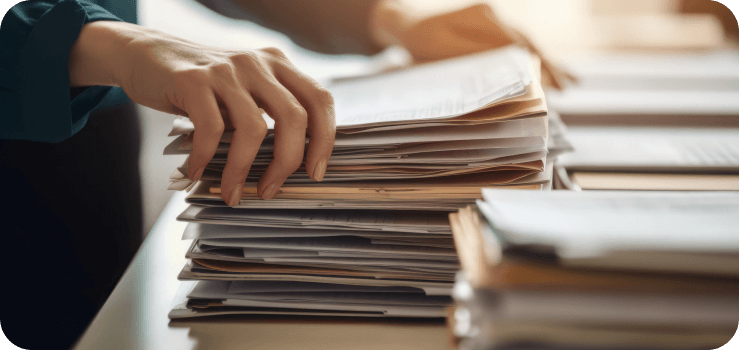
Although it is possible to source materials and goods for a business without following every step of the procurement process outlined above, each individual step has its own purpose in maximising the efficiency of the process as a whole.
Generally, there are many different departments, individuals and considerations that have to be taken into account when businesses purchase goods. As a result, it’s often said that ideally the procurement process should consist of three Ps working together — People, Process and Paper.
- People
Many different stakeholders are directly or indirectly involved in the various different stages of the procurement process. Generally, the more valuable or important the purchase, the more stakeholders should be included throughout the process.
This includes people in both the customer and supplier organisation. These individuals may be responsible for purchase requests, approvals, order tracking, and all manner of other tasks across the procurement life cycle.
- Process
Alongside people, processes ensure maximum efficiency throughout the procurement life cycle. ensuring that contractual obligations and timelines are met, and reducing unnecessary waste of resources or time.
- Paper
Just as in the wider sphere of finance and accounting, recordkeeping and documentation are a fundamental part of procurement. Accurate records provide a paper trail that facilitates compliance with and increases accountability.
Procurement involves much more than just negotiating price. It’s also about building strong, long-lasting relationships with suppliers/customers, ensuring regulatory compliance, quality control and supply chain management, and many other things.
Procurement automation

As with many other business functions, including spend management, large parts of the procurement process can now be semi- or even fully automated with the help of software. This has a number of potential benefits for businesses:
- More accurate reporting and data collection
- Better spend visibility
- Smoother communication between internal and external teams
Examples of procurement processes that can be automated include:
- Supplier sourcing and evaluation: Modern procurement software allows businesses to automate and centralise the sourcing process. Instead of going back and forth between different platforms and manually contacting suppliers, it’s possible to do everything directly from one workspace. With the help of AI, procurement software can now produce RFPs, research and screen suppliers, and even write contracts, saving procurement and finance teams huge amounts of time.
- Contract management: Contract management automation systems can rectify contract issues
- Invoice management: Filling out an invoice or processing an invoice manually can be very time consuming. Switching to automated invoice management can save significant amounts of time in comparison to manual invoice processing, while also reducing the chances of human error.
- 3-way matching
Business payments with Moss
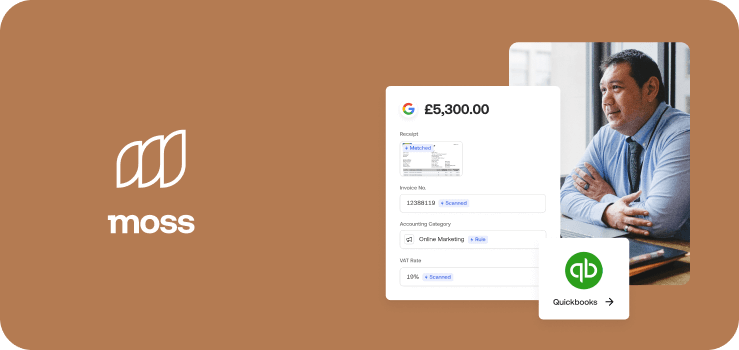
Much like procurement software allows businesses to automate many of the processes involved procurement, spend management software allows businesses to automate many finance- and accounting-related processes.
Spend management software offers businesses and their finance teams many different ways to save time and money by easing the load of repetitive finance. With Moss’ all-in-one spend management software, finance professionals can streamline all manner of finance and accounting processes. Moss customers can set up their own custom, end-to-end accounts payable workflows, and automate invoice management with OCR scanning and approval flows.
FAQs
Procurement involves sourcing and acquiring strategic goods and services for a business. As spending on goods and services is one of the main channels for outgoing cash flow, procurement involves many individual processes and mechanisms aimed at increasing efficiency and reducing cost. It is also highly cross-functional, involving input from a number of different departments in both the supplier and buyer organisations.
The procurement process as a whole involves many different steps, from initial identification of business needs, through to sourcing suppliers, negotiating rates, delivery of goods, and payment. Each step in the procurement process plays an important role in ensuring product quality, timely delivery and payment, and communication between the buyer and supplier organisations.
The specific number of steps in the procurement cycle varies depending on the businesses and products involved, and the purchasing business’s procurement objectives.
